Optimal Timing for Brick Masonry Projects
Brick masonry projects require optimal weather conditions to ensure durability and quality. The best time for brick masonry typically aligns with periods of moderate temperatures, low humidity, and minimal rainfall. These conditions help prevent mortar from drying too quickly or too slowly, which can compromise the integrity of the structure.
Brick masonry is best performed when temperatures are between 40°F and 85°F. Extreme cold or heat can affect mortar curing and brick adhesion.
Dry, sunny days with low humidity are optimal. Rain or high humidity can delay curing and weaken the mortar bonds.
Spring and early fall are generally preferred seasons for brick masonry projects due to favorable weather conditions.
Winter can lead to freezing temperatures that hinder mortar setting, while summer heat can cause rapid drying and cracking.
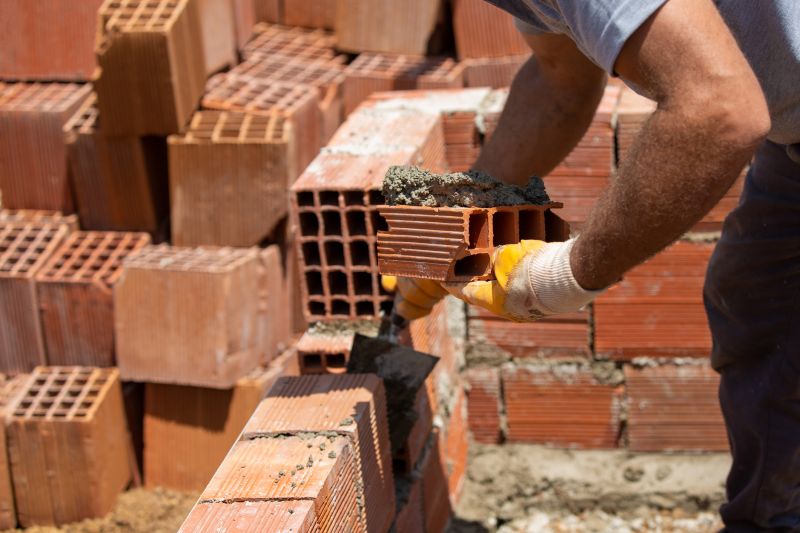
Ways to make Brick Masonries work in tight or awkward layouts.
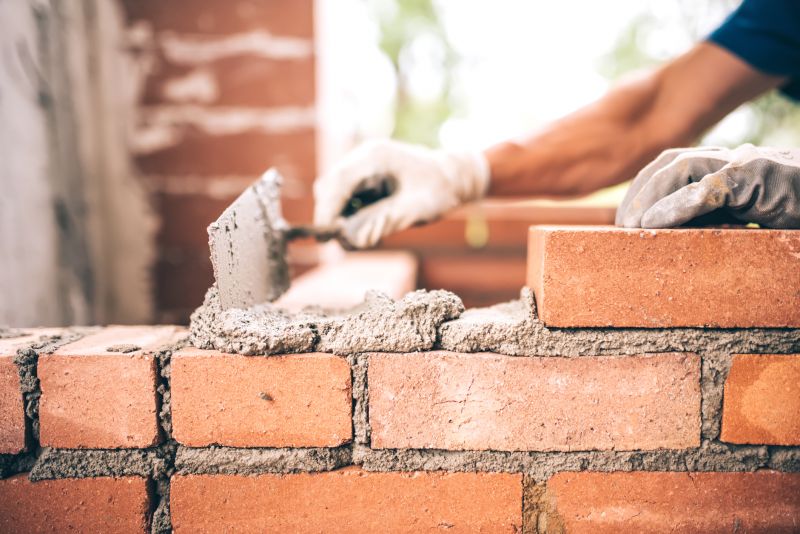
Popular materials for Brick Masonries and why they hold up over time.

Simple add-ons that improve Brick Masonries without blowing the budget.
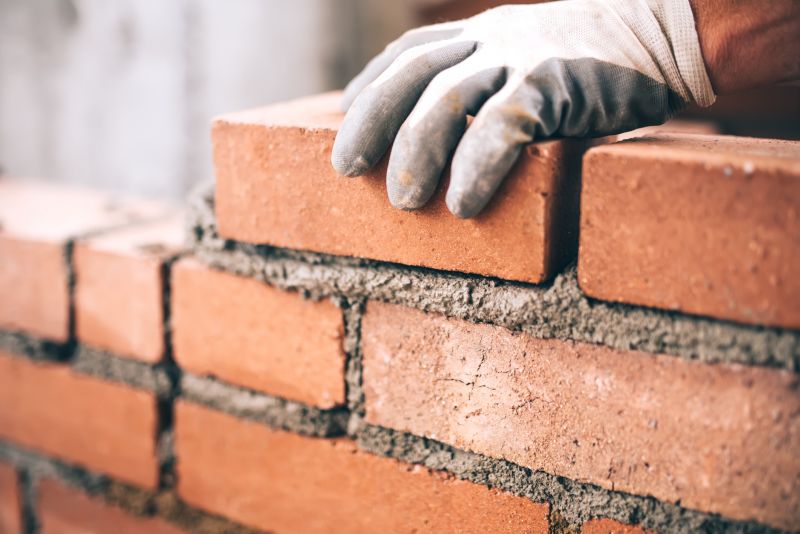
High-end options that actually feel worth it for Brick Masonries.
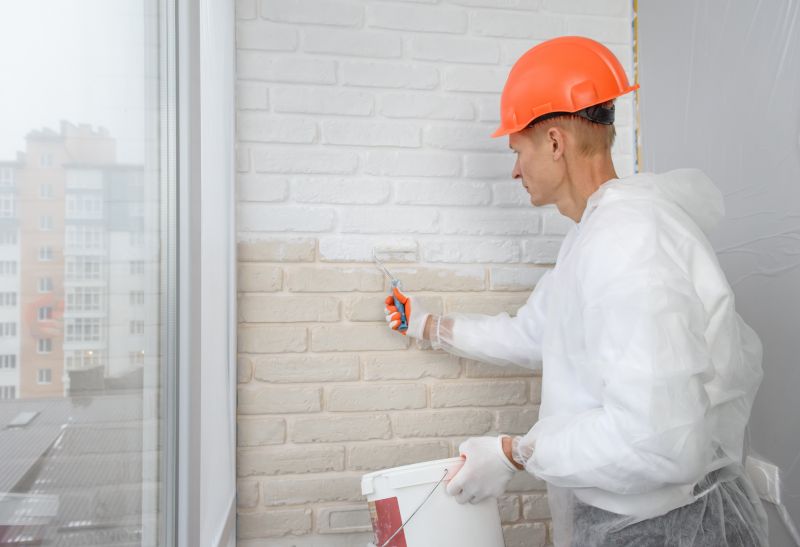
Finishes and colors that play nicely with Brick Masonries.

Little measurements that prevent headaches on Brick Masonries day.
Brick masonry is a fundamental construction technique used for walls, facades, and various structural elements. It involves laying bricks in specific patterns with mortar to create durable and aesthetically pleasing surfaces. The longevity of brick structures depends on proper installation, quality materials, and suitable environmental conditions during construction.
Statistics indicate that properly constructed brick masonry can last for centuries, with many historical buildings still standing today. The resilience of brick structures is attributed to their resistance to fire, pests, and weathering. Additionally, advances in mortar technology and construction methods have enhanced the durability and performance of brick masonry projects.

A 60-second routine that keeps Brick Masonries looking new.

A frequent mistake in Brick Masonries and how to dodge it.

Small tweaks to make Brick Masonries safer and easier to use.

Lower-waste or water-saving choices for Brick Masonries.

The short, realistic tool list for quality Brick Masonries.
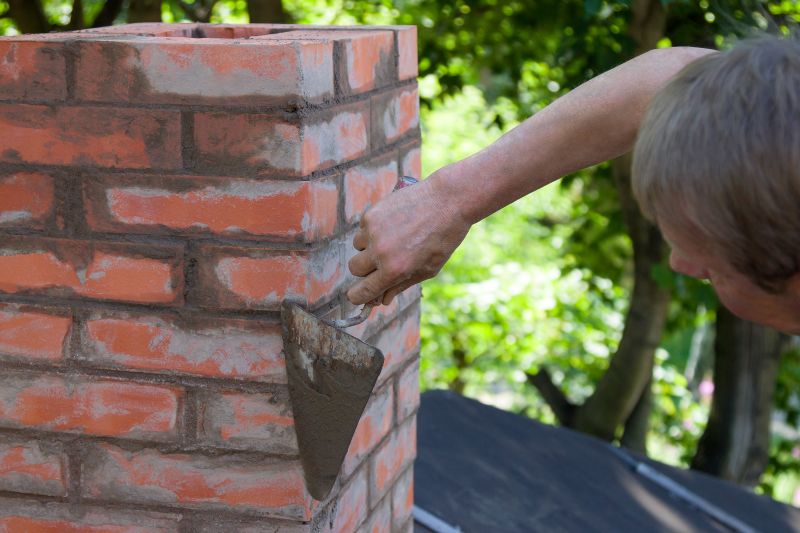
Rough timing from prep to clean-up for Brick Masonries.

Quick checks and paperwork to keep after Brick Masonries.

Examples that show the impact a good Brick Masonries can make.
| Weather Condition | Ideal Timing for Masonry |
|---|---|
| Temperatures below 40°F | Not recommended due to mortar freezing |
| Temperatures above 85°F | Avoid during peak heat to prevent rapid mortar drying |
| High humidity or rain | Delay projects to prevent mortar weakening |
| Dry, sunny days | Optimal for brick masonry work |
| Moderate temperatures and low humidity | Best conditions for durability |
Interested in starting a brick masonry project? Filling out the contact form can provide access to expert guidance and detailed planning information to ensure the best results under optimal conditions.
